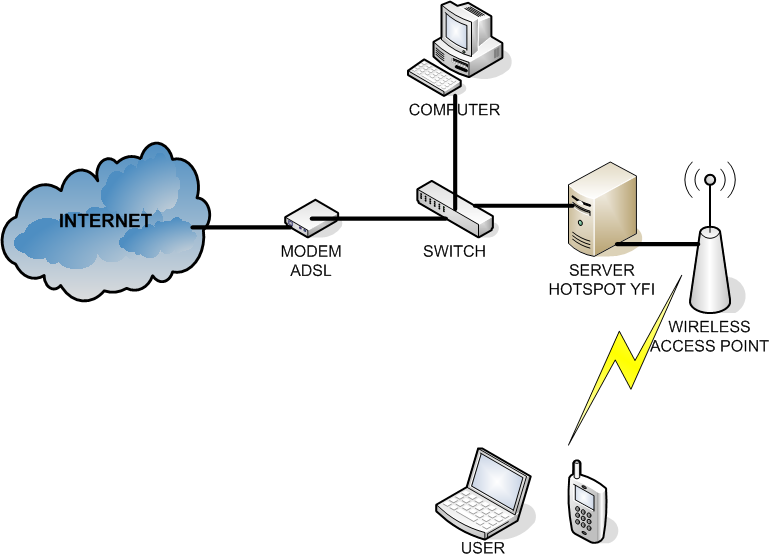

Based on information on the Web and OpenWRT forums it was not clear which version to use, as current supported devices had WRT54GS (v2.0) listed as supported but not v3. Next step was to load the WRT54GS (v3) routers with OpenWRT release. This was simple to achieve using DD-WRT and Linksys Web Admin interfaces. Selecting Appropriate OpenWRT releaseĪs I started with one WRT45GS (v3) with DD-WRT installed the first thing I did was used the DD-WRT installation to reload the device back to factory default by loading Linksys firmware version WRT54GS (v3). Though the modified models were advertised as running DD-WRT rather than OpenWRT. I made this choice based on reading the various specifications sheets from the WRT54G Series Wikipedia entry and the old OpenWRT and new OpenWRT Linksys hardware Wiki pages.īased on the amount of Flash and RAM and relative hardware currency the WRT54GS (v3) looked like a good choice and there were a lot of them available new very cheaply on ebay, including ones which where modified to have 64MB RAM, rather than the standard 32MB. To start this exercise I initially purchased two WRT54GS (v3) routers.

I have tried to put these into a useful set of instructions, while maintaining reference to the original sources. I have complied this information together, as I could not find a consistent and easily followed set of instructions and guides on the OpenWRT Wiki/Forums (and Web) and so had to resort to various snippets of useful hints and information scattered around the web. I have now done with wth Linksys WRT54GL (v1.1), WRT54GS (v3) & WRT54GS (v3 - modified to 64MB RAM) and am now testing a Netgear N600 (WDR3700) 1.2.5) to create an encapsulated WiFi HotSpot solution. The following notes provide a summary of what was needed to install OpenWRT (ver. Installing and Configuring OpenWRT (Backfire) with CoovaChilli (v 1.2.5) Graphica Software - OpenWRT & CoovaChill Build Notes


 0 kommentar(er)
0 kommentar(er)
